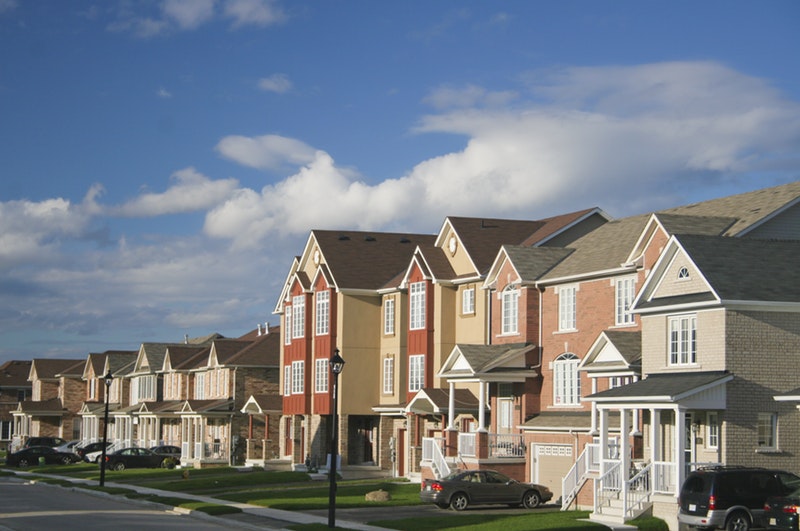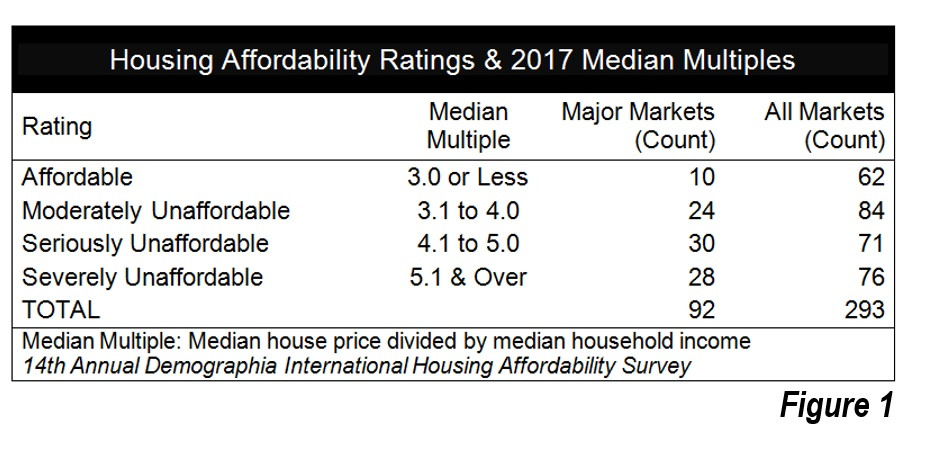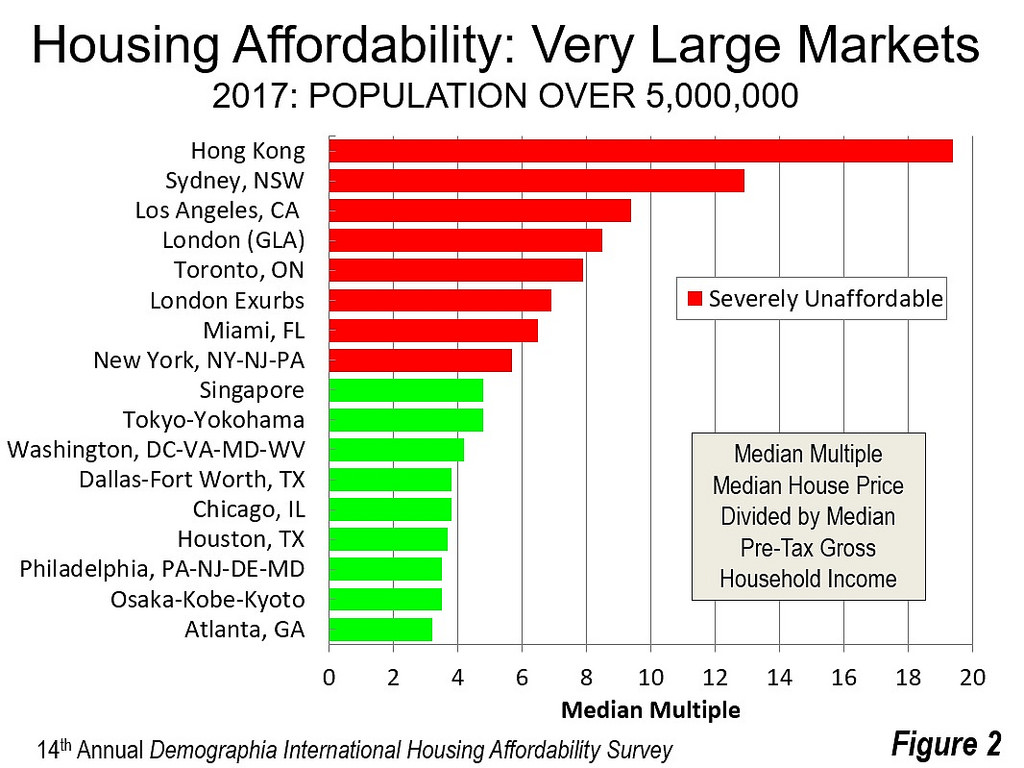International Survey Finds Common Factor in Unaffordable Housing

A comprehensive survey reports that housing markets are becoming increasingly more expensive in the Anglosphere, including the United States. The analysis of housing in nine developed countries reveals that urban planning is the main threat to housing affordability and its impact on human prosperity.
The 14th Annual Demographia International Housing Affordability Survey, released on January 21 by Demographia and in Canada by the Frontier Centre for Public Policy, compares the median multiple of 293 housing markets. The standardized metric for comparison across the nations is “calculated by dividing the median house price by the median household income.”
The results are relatively good for the United States, since the 10 “affordable” major markets that Demographia identified — with median multiples of three or less — are all in this country. Further, the United States has the largest number of affordable urban areas. Out of 175 US housing markets, 49 are affordable, although 30 markets remain severely unaffordable.
This raises the question of what explains such diversity among housing costs in American urban areas.
Demographia and the market analysts who wrote the introduction of this year’s report — Felipe Carozzi, Paul Cheshire, and Christian Hilber of the London School of Economics — stress the impact of urban containment policies or their equivalents.
They identified that all the most unaffordable housing markets have taxes or regulations on urban growth that decrease supply and boost housing costs.
As an example, Demographia compares the metropolitan areas of Atlanta and San Francisco, which are rated in the most-affordable and the least-affordable categories, respectively. The cost of the median standard of living is similar in both locations when housing is excluded. Once included, the cost of living in San Francisco becomes 75 percent more expensive than in Atlanta.
Ironically, city central planning, which purportedly aims to protect the poor and provide better conditions for development, is setting the stage for less prosperity.
Higher housing prices constitute an important component, often the lion’s share, of any household budget. Therefore, higher housing costs push more people into poverty and raise the likelihood they will seek housing subsidies (PDF, page 28).
Randal O’Toole, an analyst on urban-growth policies at the Cato Institute, highlights the need for less regulation:
To restore housing affordability … states must repeal growth-management laws and take steps to forbid city and regional governments from practicing growth management or other regulations that limit the amount of vacant land available for development.
Lower housing prices are key for the promotion of better living conditions and for attracting new businesses and young workers. Local governments need only stop interfering, and the market delivers.




